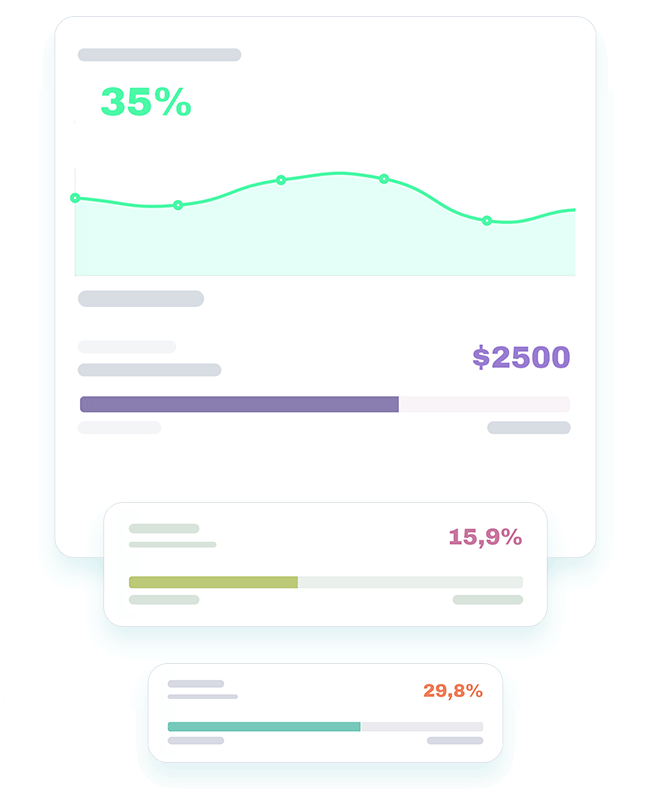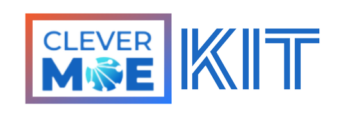Competitive Evaluation Guides

Competitive Evaluation Guide for Scalable Cloud Data Movement
Solving petabyte data movement and lock-in problems.
Abstract: Choosing Hadoop Data Stores for petabyte size data is a very good choice. Yet, moving data between on-prem and Cloud environments is a big effort. This competitive evaluation guide compares WANdisco LiveData Platform to Cloudera BDR for moving data to the Cloud.
Frank Cohen used his competitive evaluation guide methodology to determine functional and performance differences between WANdisco LiveData Platform and Cloudera BDR. These products move Hadoop data from on-premise installations to the Cloud, moving data between Clouds, and moving data between Cloud regions. In summary, Frank Cohen observed the following:
a. WANdisco LiveData Platform’s performance is 38 times superior to Cloudera BDR in measurements of Time To Available Data (TTAD) when moving 1 terabyte. WANdisco LiveData Platform uses replication technology to make data available from the target cluster during the migration. Cloudera BDR technology requires the data to be offline until the entire migration finishes.
b. WANdisco LiveData Platform’s performance for Total Migration Time (TMT) is superior to Cloudera BDR’s. LiveData Platform’s full transfer of a cluster was 30% faster than BDR using 40% less memory. LiveData Platform performance is constant as data volumes increase, making TTAD increase linearly with larger data sets. For example, at 1 petabyte BDR’s TTAD becomes 38,000 times longer than LiveData Platform.
c. WANdisco LiveData Platform replicates the same data volumes during normal operations when other applications are running on the source cluster up to 90% faster than BDR, without impacting the performance of the applications.
Additional resources for this guide:
WANdisco competitive evaluation guide for big data migration
Watch interview Frank Cohen did on the result

Competitive Evaluation Guide for MapR big data solutions post HP acquisition
Solving petabyte data movement and lock-in problems.
Abstract: HPE purchased MapR assets at a time of big changes in Hadoop and the cloud. MapR customers face fundamental decisions: continue with MapR, move to the cloud, integrate MapR with Apache Hadoop technologies like Spark and Drill, or investigate other cloud alternatives. This paper describes the decision points and how to evaluate your choices.

Competitive Evaluation Guide for Mule, SAP, Azure, Spring Boot, and TIBCO
Competitive evaluation guide for Mulesoft Anypoint, SAP Cloud Platform Integration Suite, Microsoft Azure Integration, Spring Boot, and TIBCO Cloud Integration. Shows a 38% cost saving in developer productivity to build integrations, and a 50% cost saving in maintaining integrations. Download the free kit today (Integration Knowledge Kit 2021 with Spring Boot.zip)
These guides help you to understand the tradeoffs you make when you choose an integration platform as a service.
These guides use the simple and effective PushToTest methodology for competitive analysis. It has these steps:
1) Define a use case – like a retail ecommerce application
2) Implement it on 5 or more platforms: Mulesoft Anypoint, SAP Cloud Platform
Integration Suite, Spring Boot, Microsoft Azure Integration, and TIBCO Cloud Integration
3) Keep a developer journal of the problems I find along the way
4) Tally up the hours it takes and pop those numbers into a TCO spreadsheet
Would it surprise you choosing TIBCO is 38% less time/costs developer
productivity vs. MuleSoft, 34% less than SAP, and 20% less than Microsoft Azure?

And less expensive to maintain and make changes.

This methodology is best because it gets the platform vendors together and allows for the work to be open source for free. Thay way, if the findings are questioned anyone can build their own kit and compete on a level playing field in front of YOU.
Download the free Kit. You will find:
a) Executive summary to present our findings and compare the platforms.
b) A Developer Journal for each platform. The journal is from our opinionated engineers and describes what worked and what did not work, and the workarounds we developed.
c) A Total Cost of Ownership (TCO) spreadsheet comparing developer productivity and effort to change an implementation.
Clever Moe is glad to support your use of the Kit. Clever Moe provides technical support, architectural question support, and performance testing and benchmarking of Integration platforms as a service.
Additional resources for the Guide: https://www.tibco.com/integration-kit
Additional guides available. To get your own Competitive Evaluation Guide, contact us!

Get Your Own Competitive Evaluation Guide for your product
Get past your prospective customer’s skepticism and closer to a purchase decision with a competitive evaluation guide. I’m Frank Cohen and 17 years ago I invented the PushToTest methodology to build Competitive Evaluation Guides and Knowledge Kits. Leading organizations use my independent expertise in their platforms to create Knowledge Kits, including TIBCO, Oracle, Microsoft, WANdisco, PepsiCo, and many more.
For example, browse our most recent Knowledge Kit:
The advantages:
1) I bring your message of competitive superiority to your market. I am an independent expert, well respected, deeply technical and a great communicator.
2) Armed with a Kit, your prospect’s CFOs, CTOs, and technical people evaluate your platform or service with actual working knowledge of the competitors platforms. Your Knowledge Kit implements the same use case on multiple competing platforms. The Kit compares developer productivity and performance of the finished use cases.
3) I distribute the Knowledge Kit under a free open-source license. Prospective customers try the Kit in their own environments. Open-sourcing the Kit forces your competitors to play fairly on an open even competing field and argue the merits of their platforms based on the results of the Kit.
4) Optionally, I bring the Knowledge Kit to highly targeted markets through a Clever Moe advertising campaign. See CleverMoe.com.
Each Knowledge Kit contains these parts:
- Executive summary slide deck
- Source code to the use case implementations on each competing platform
- Developer Journals for each platform tested. The Journals have notes, experiences, opinions, and workarounds needed by our test engineers
- Total Cost of Ownership (TCO) is a spreadsheet model showing developer productivity and performance differences by competitor platform
Contact Clever Moe to receive a proposal and statement of work (SOW) to build and promote your Knowledge Kit.
